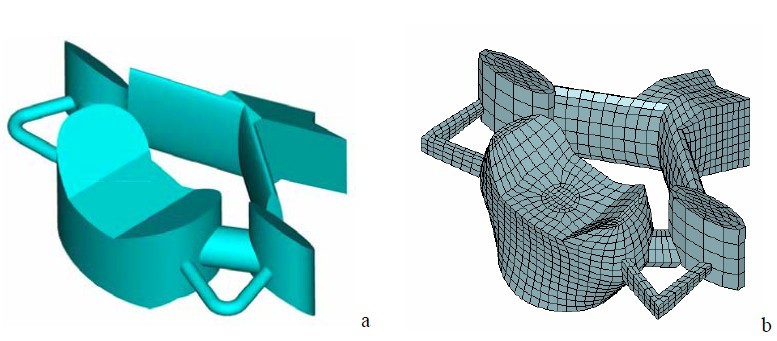原文作者: | A.R. Bonivtch, W. L. Francis, D.E. Moravits, G.R. Paskoff, B.S. Shender, C.R. Bass, S.R. Lucas, F.A. |  |
发布时间: | 2014-08-20 | |
来 源: | INJURY BIOMECHANICS RESEARCH | |
下载链接: |
Abstract
The objective of this investigation is to develop a high fidelity, parametric finite element model of the cervical spine motion segment using a hierarchical model verification and validation approach. A technique has been developed to accurately describe the geometry of the cervical spine using a set of unique geometry parameters that are easily measured from clinical imaging systems such as Computed Tomography (CT) scans and to efficiently convert this geometry into a well-defined finite element model. Cervical spine parameters were measured from CT scans collected from a total of 73 volunteers, 50 male and 23 female. The parametric finite element model development includes a hierarchical model verification and validation (V&V) procedure that consists of verifying the model performance at increasing levels of complexity. Currently there are four levels. The first level is the component level and includes the individual soft tissue material properties such as the cervical ligaments. The next level is a meso-component level consisting of the behavior of the intervertebral disc via an isolated vertebral body-disc-vertebral body structural construct. The third hierarchical level consists of a complete motion segment with all associated soft tissue components. The fourth level is the full cervical column. Each level in the hierarchy builds on the previous level ensuring a systematic model V&V process (i.e., providing evidence the right answer is obtained for the right reason). This investigation will result in four verified and validated computational models of the cervical spine: a small female (106 lb - 120 lb), a large female (136 lb - 150 lb), a small male (166 lb - 180 lb), and a large male (226 lb - 240 lb). These models will be able to predict injury under a variety of loading conditions and will have many applications in the fields of biomechanics and auto safety.